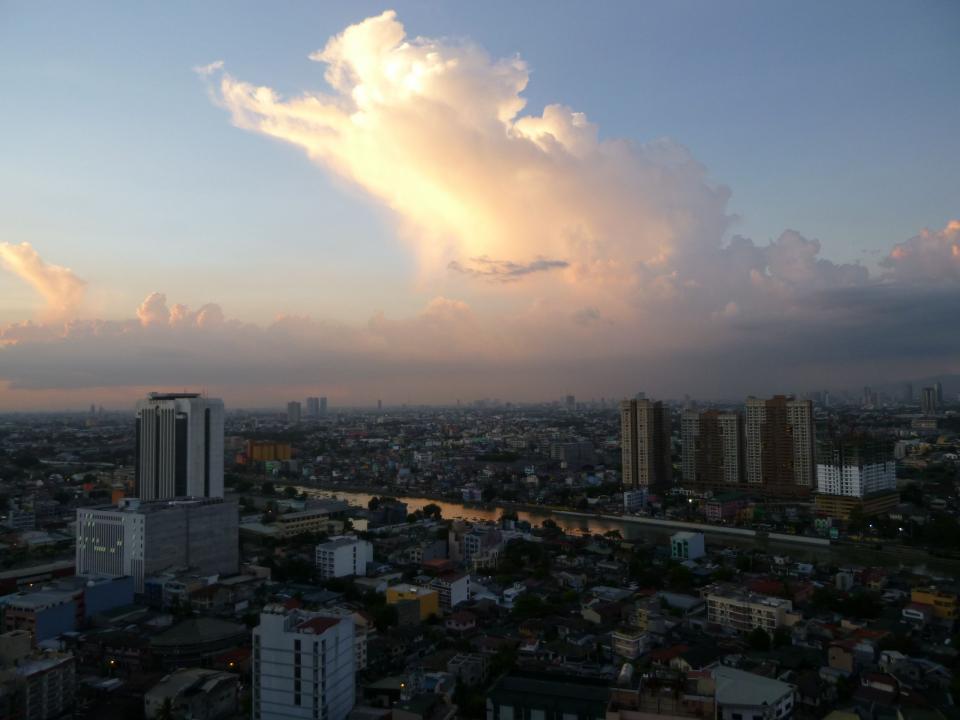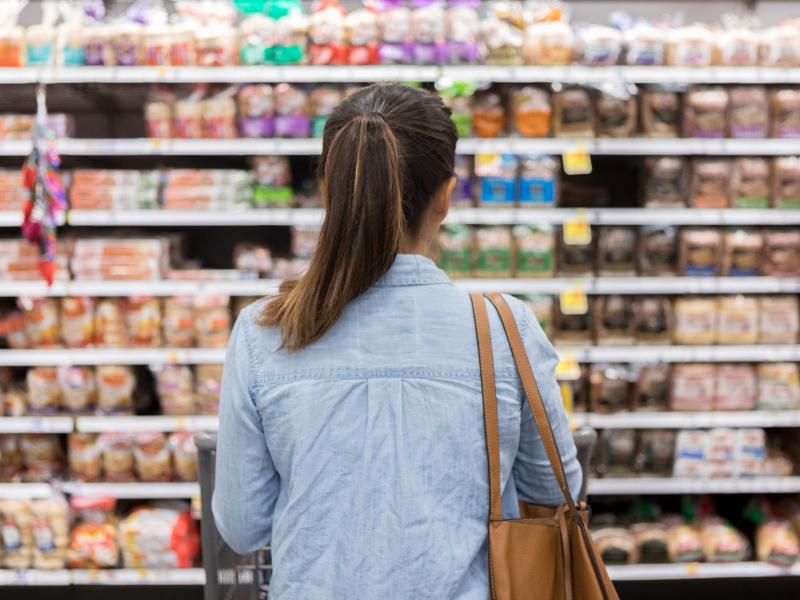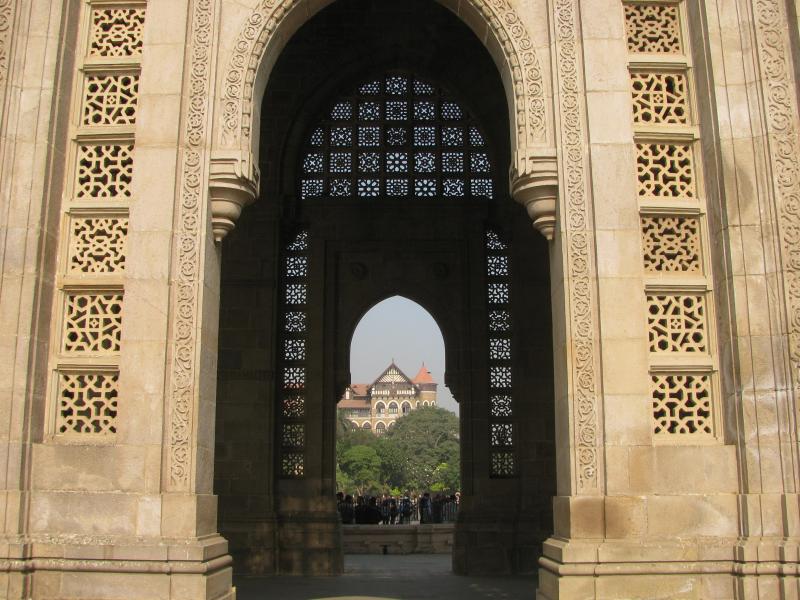According to a report published by HSBC earlier this year, the Philippines is set to move 27 places up the growth ladder to become the 16th largest economy in the world by 2050.
The archipelago is also likely to achieve average growth of seven percent annually over the next 40 years.
The positive forecasts that the Philippines economy is receiving, combined with a population that grew from 88.6 million to 94.8 million between 2007 and 2011, mean that New Zealand exporters are well within their rights to get excited about the opportunities that may be available to them in the Philippines. Furthermore, the fact that English is one of the country’s national languages makes the Philippines one of the easiest countries to do business with in Asia from a communication perspective.
If the economic performance of the Philippines achieves the HSBC’s expectations, the country’s population will benefit greatly from improved living standards and greater purchasing power overall. This is particularly significant in an economy which currently has a visible divide between the few ‘haves’ and the many ‘have nots’.
New Zealand exporters will also benefit.
The relatively low purchasing power of middle-class Filipinos today is reflected in the prices of imported goods in major retail channels such as S&R, SM, The Landmark and Rustan’s supermarkets. A stroll down the aisle of one of these supermarkets reveals that prices are very much at the low end of the scale in comparison with other ASEAN markets.
To give you some perspective into just how tight price points are in the Philippines, I have heard of one instance where a major international food conglomerate adjusted their pricing on one of their top performing items up by one peso (NZD0.03) and the dramatic dip in sales forced them to rapidly revert to their original pricing.
The regulatory environment
Regulations governing the registration and importation of products in the Philippines are at best bureaucratic and can cost importers large amounts of precious time and money.
All food and beverage products imported into the Philippines must first be registered with the Food and Drug Administration (FDA). This process takes around three months on average, unless the product falls into a sensitive sector such as infant nutrition, where understanding product specifications required to comply with FDA regulations baffles even the most seasoned importer and the processes can take years rather than months.
The end result is that, unlike Singapore or Malaysia where there is little red tape that prevents importers from getting a product into the market, in the Philippines importers will think long and hard about the opportunity cost, ever mindful of the investment required by their company to register the new products with the FDA.
The key variable in having registration processes completed correctly and without delay is working with an importer that has the relationships and experience to navigate this tricky maze.
Market entry costs
Much like in other markets of Southeast Asia, it is very rare that distributors in the Philippines will agree to cover the market entry costs required to list new items in key retail outlets. The major costs are product listing fees and advertising and promotional (A&P) funds for participating in compulsory promotional campaigns carried out by the retailer.
One of the most common explanations is based on past experiences where seemingly harmonious partnerships between the brand owner and their distributor come to an abrupt end when the brand changes hands or is merged with another business that has existing distribution networks in the market. Remember, it is the product that is listed, not the space on the shelves, so the brand stays on the shelves but the profit from sales is transferred to another distributor. It’s easy enough to see why most distributors are simply not willing to take the risk of paying the listing fees and ending up with nothing if the partnership ceases.
A common strategy used by distributors to mitigate risk is to launch new products in retail outlets that do not charge excessive listing fees or expensive compulsory participation in promotional campaigns.
In the Philippines, this could mean that distributors might start by listing new products in S&R supermarkets (www.snrshopping.com) or The Landmark (www.landmark.com.ph), both of which are known to charge minimal (if any) listing fees, before embarking on listing in Rustan’s Supermarket (www.rustans.com.ph) or SM (www.sm-shoemart.com), which demand expensive listing fees and promotional commitments. You need to be sure that your products will perform well before this investment can be justified.
When entering retail outlets with new food products in the Philippines, I am told by distributors we work with that, on average, 15 percent of sales must be reinvested into advertising and promotion programs, per item, to support sales. This is coupled with listing fees for approximately 80 of the major retail outlets in Metro Manila, which can cost around NZD2000 per item.
Supply chain considerations
New Zealand exporters of perishable food products need to carefully consider the challenges that exist in the supply chain in the Philippines from the moment they hit the border through to when goods are on display in retail outlets.
The border authorities in the Philippines are not at the top of the list of ASEAN countries when it comes to the rapid clearance of goods across the border, or for their careful handling of goods waiting to be cleared. I can’t count how many horror stories I’ve heard where temperature-controlled containers have been unplugged with perishable items inside slowly cooking on the hot tarmac while negotiations take place about the clearance of goods.
What’s more, because many of the retailers in Philippines have a central distribution warehouse, distributors lose the ability to ensure the product is handled correctly the moment the goods are deposited at the retailer’s warehouse. Many retailers operate on a sale and return or consignment basis with their suppliers, so there is little to keep them motivated to correctly handle food products because, at the end of the day, if spoilage occurs it’s the distributor’s problem.
The Philippines also has the second highest electricity costs in Asia behind Japan. Some retailers are known to switch off their air conditioning at night to save on electricity. Therefore, high temperatures and humidity in the Philippines, combined with large fluctuations in storage conditions between an air-conditioned environment during the day and a non-air-conditioned environment in the evening, can present major problems for temperature sensitive products.
Success comes with challenges
Make no mistake, to successfully establish a market in the Philippines comes with its challenges. It takes a lot of work to grow a brand from a position of having no value to one that consumers actively seek out on the shelves. And while brand owners may need to reduce the margins that they are used to receiving in other ASEAN markets, in order to be competitive, those with a long-term view on the country’s future economic growth will understand the benefit of getting into the Philippines now.
Cameron Gordon is Asia Market Director at Incite – an international trade services firm that connects New Zealand food and beverage suppliers with partners in high growth markets of South East Asia and Taiwan. For more information visit www.exportincite.comor emailcamerongordon@exportincite.com





